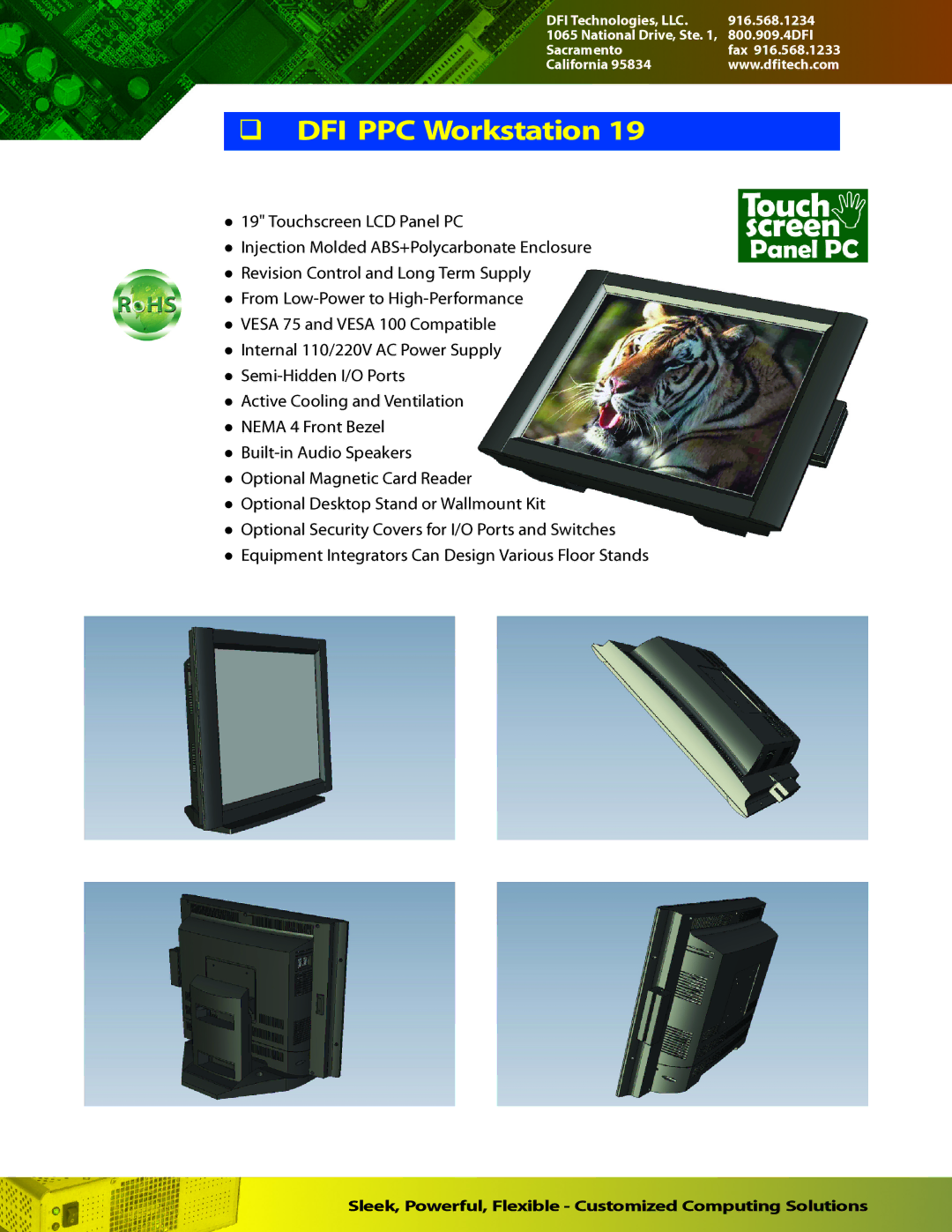480, 485 specifications
DFI 480 and DFI 485 are advanced technological protocols used in various industrial applications for data communication and device interconnectivity. These protocols are part of the Distributed Field Interface (DFI) family, which focuses on providing robust communication frameworks for various devices, including sensors, actuators, and controllers.Both DFI 480 and DFI 485 are designed to facilitate reliable data transmission over long distances, offering significant advantages in terms of efficiency and flexibility. One of the primary features of these protocols is their ability to operate in harsh industrial environments, ensuring stable performance even in the presence of noise and interference.
DFI 480 operates with a data rate of up to 480 Kbps, making it suitable for applications that require fast data exchange. It employs a master-slave architecture, where a central controller communicates with multiple peripheral devices. This structure allows for effective coordination and management of connected devices, making it ideal for automation systems in manufacturing plants.
On the other hand, DFI 485 supports a slightly lower data rate, typically around 250 Kbps. However, its key characteristic lies in its extensive communication range, which can extend up to 4000 feet (approximately 1200 meters) under optimal conditions. This makes DFI 485 an excellent choice for applications where devices are dispersed over large areas, such as in water treatment facilities and extensive agricultural settings.
Both protocols utilize differential signaling to reduce electromagnetic interference, a common problem in industrial data communication. This technology enhances signal integrity, ensuring accurate and reliable data transmission over long distances. Moreover, they support multi-drop communication, allowing multiple devices to be connected to a single communication line without significant degradation in performance.
In addition to their transmission capabilities, DFI 480 and DFI 485 are designed with built-in error detection and correction features. This ensures that any data packets that are corrupted during transmission can be identified and retransmitted, further enhancing the reliability of the communication system.
Overall, DFI 480 and DFI 485 represent key advancements in industrial communication technology, providing robust solutions for diverse applications. Their flexibility, reliability, and adherence to industry standards make them indispensable components in modern automation and process control systems. As industries continue to evolve, these protocols will play an integral role in ensuring the seamless integration of devices and data management.

